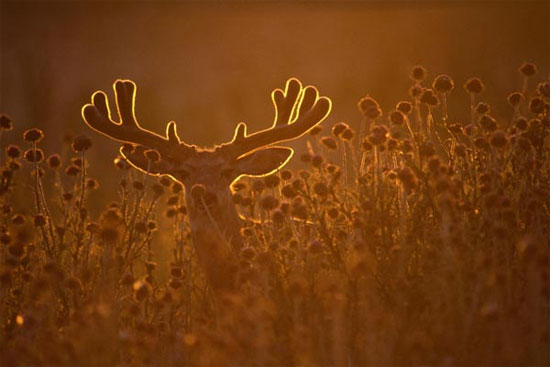Experience photographing travel backlit
The tips below will help you get good photos even when shooting in backlit conditions.
1. Time to take photos

The ideal time to take photos in the morning is the early morning when the sun rises or the late afternoon before sunset - when it is still bright but not too harsh. Normally, in the summer, you should start taking photos before 7am and afternoon from 4:30 - 6:30.
2. Metering mode

In case you want to take backlight shots, you should select Spot Metering mode. In this way, the camera will measure the light on the main subject you intend to capture and not be 'noisy' because of the light of the surrounding landscape.
3. Light source

Usually if the light source on the back is too harsh, the subject's face is often dark or the picture is too bright. If you want the subject's face to be brighter, let the subject stand behind a tree and behind the tree is sunlight. Or more simply, you can use a mirror or lighted device.
4. Camera settings

To create a photo you need, you need to install the camera. This setting depends on how you want your photo. Normally, if you want to tell a story, you should leave the aperture small: f / 22, f / 16, f / 11, then all the surroundings are clear. If you want to emphasize the main character, leave the aperture large: f / 1.4, f / 1.6, f / 1.8, f / 2.0 .
5. Flash phenomenon

The flashiness or lens flare is a familiar term when photographing backlit. These are the halo or ring of light that often appear when you are shooting backlit.
Many people like this imprint on the photo because they look so romantic. However, if you don't like to leave these flashes, you should also let the subject stand in front of a tree or other shielding object to dissipate the bright circles that appear in the image.
- If you're single, travel
- Decode method of photographing human souls
- Just need $ 75,000 you will have 2 hours to experience the feeling of floating outside
- Things to remember before traveling
- Human experience when it comes to death
- 10 most memorable travel slogans in the world
- Things that make Abu Dhabi better than Dubai
- Sleep well on long flights with this cool travel pillow
- Photographing the Earth from 1.6 billion km away
- Summer, travel with Yahoo
- NASA launched the Lunar Travel Law
- The best travel photos in 2016
 'Fine laughs' - Scary and painful torture in ancient times
'Fine laughs' - Scary and painful torture in ancient times The sequence of numbers 142857 of the Egyptian pyramids is known as the strangest number in the world - Why?
The sequence of numbers 142857 of the Egyptian pyramids is known as the strangest number in the world - Why? History of the iron
History of the iron What is alum?
What is alum?